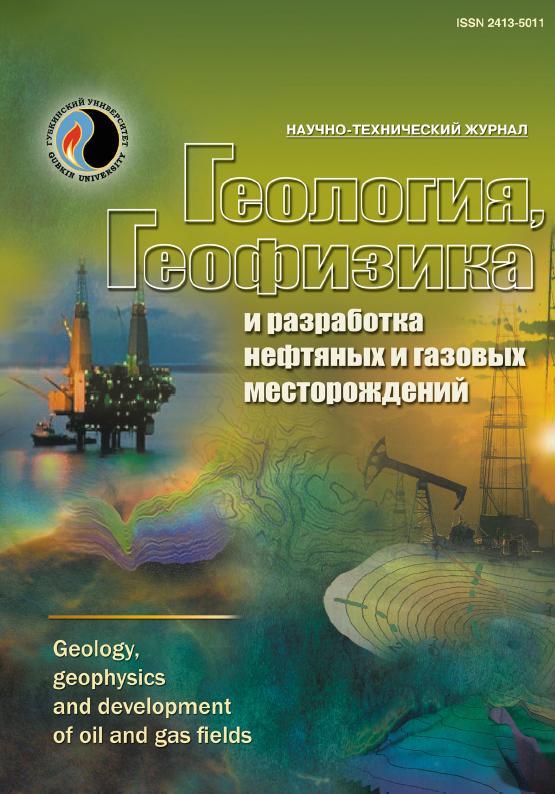The experience of using magnetostratigraphic studies for detailed stratification of the Lower Cretaceous terrigenous deposits in the Northern Caspian water area (on the example of the V. Filanovskiy field)
UDC: 551.763
DOI: 10.33285/2413-5011-2023-4(376)-36-41
Authors:
SMIRNOVA OLGA I.1,
ALEKSEEV ANDREY G. 2
2,
SMIRNOV MIKHAIL V.1
1 LUKOIL-Engineering Limited PermNIPIneft Branch Office in Volgograd, Volgograd, Russia
2 LUKOIL-Nizhnevolzhskneft LLC, Astrakhan, Russia
Keywords: stratigraphic studies, magnetostratigraphic method, V. Filanovskiy field, Hauterivean-Berriasian deposits
Annotation:
In the course of the ongoing development of a large multilayer oil and gas condensate field named after V. Filanovskiy (the Northern Caspian Sea) by drilling directional and horizontal boreholes, the work is being carried out to study the lateral variability of reservoir layers, including detailed stratification of the Hauterivean-Berriasian part of the section.
Various methods were used to perform the latter. However, the abundance of interruptions in sedimentation, the difficulty to take into account the difference in the sedimentation rate of different types of the sediments, the lack of reliable paleontological characteristics led to making the decision of supplementing the traditional lithological-biostratigraphic correlation method by the magnetostratigraphic method.
The magnetostratigraphic studies most significantly resulted in the identification of a petromagnetic reference point in the Lower Cretaceous sediments separating the lower weakly magnetic and upper strong magnetic complexes – PK–1(K1) and PK+1(K1), respectively. The presence of a large magnetic zone of reverse polarity in the deposits of similar age composing the tops of each well section has been established. We consider it acceptable to assume that these are fragments of one and the same zone of the reverse sign R3. The underlying reverse polarity zones R2 and R1 were preserved only in one of the wells, but in the remaining wells, they were probably destroyed by erosion. The results obtained became the framework of a refined correlation scheme.
Bibliography:
1. Pogranichnye yursko-melovye otlozheniya akvatorii Srednego Kaspiya: stroenie, stratifikatsiya i perspektivy neftegazonosnosti (na primere Sarmatsko-Khvalynskoy zony podnyatiy) / M.V. Smirnov, S.Yu. Shtun’, O.I. Smirnova, P.F. Popova // Neft. khoz-vo. – 2019. – № 8. – S. 22–26. – DOI: 10.24887/0028-2448-2019-8-22-26
2. Geologic Time Scale 2020 / F.M. Gradstein, J.G. Ogg, M.D. Schmitz [et al.]. – Elsevier, 2020. – Vol. 2. – 1390 p.

